ROME — Exactly a year after its groundbreaking, the Travis Mills Foundation unveiled a new Health and Wellness Center at the nonprofit’s retreat.

Saturday’s ribbon-cutting ceremony to showcase the center brought in community members, dressed to the nines as they toured the new 9,800-square-foot facility that was described as “perfect.”
The $7 million project will allow more people to visit the facility on a yearly basis and was funded completely by donations, which Travis Mills said “feels amazing.”
“One thing I promised is to spread every dollar to the max, and not spend it frivolously,” he said. “We’re very grateful.”
Paul Dubay, a volunteer at the retreat and former member of the Air Force, said, “it’s been a lot of ‘Wows'” when people saw the new facility and he called the design, “perfect.” Dubay and his wife have volunteered with the Travis Mills Foundation for about a year, and on Saturday, he gave tours of the Health and Wellness Center.
The construction of the building started a year ago, on the weekend of 9/11 and was impressively finished exactly one year later.
Molly Lovell-Keely, communications director for the foundation, said there were some issues with the supply chain, but none that offset the construction.
Mills, an Army veteran who lost portions of all four limbs in a 2012 explosion in Afghanistan, started the Travis Mills Foundation in 2013 with his wife, Kelsey, to benefit post 9/11 veterans who were injured during active duty.
The foundation bought the main building of the retreat in 2015 with the goal of hosting veterans with an all-expenses paid for trip to the facility. It was to be an opportunity for them to relax, connect with other families and enjoy time in the Maine outdoors.
The retreat officially opened in 2017 and hosts seven to eight families per week, mainly through the summer months when they can be outside on the ropes course or canoe on Long Pond across the way.

The new Health and Wellness Center, left, is seen next to the Travis Mills Foundation retreat during a ribbon-cutting Saturday in Rome. Joe Phelan/Kennebec Journal
The Health and Wellness Center is a separate facility from the main building but is connected by underground tunnels.
The new center will allow the retreat to host even more families on a yearly basis, up to 40 weeks per year said Lovell-Keely, who said in the Maine winters there is not much to do in the cold.

“We had a tough time in the winter and parts of the fall finding things to do,” Lovell-Keely said, suggesting the heated pool is a good substitute in the winter and families can take advantage of the children’s rooms in the basement where arts and crafts are set up. Additionally, a new massage area was created with soundproof walls and room darkening shades for a relaxing time.
Interested families can fill out applications to attend the retreat and suggest dates when they can attend. Sometimes, a few families that know each other through the service, or from their time in rehab, will suggest the same dates as a way to reunite.
The building is completely adaptive, but the fitness machines in the center are “mainstream equipment” that could be found in a typical fitness center. The goal is to help veterans injured in combat find strategies to adjust to their new routines and realities when they go home.
“We wanted them to be healthy even beyond their visit and to show how to use the mainstream equipment they would see at a gym or in the stores,” said Lovell-Keely.
According to a news release, so far the retreat has served 627 veterans, 724 families and 2,087 people from 46 states, along with Washington, D.C., and Canada.
Send questions/comments to the editors.


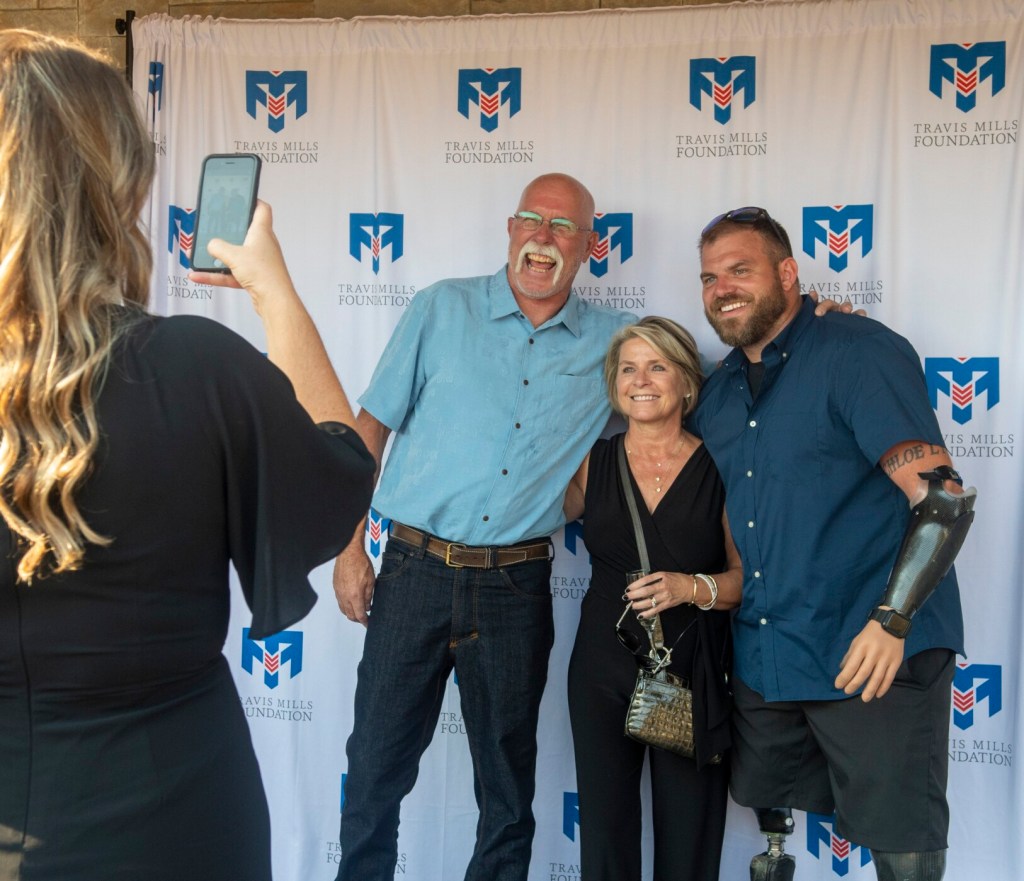
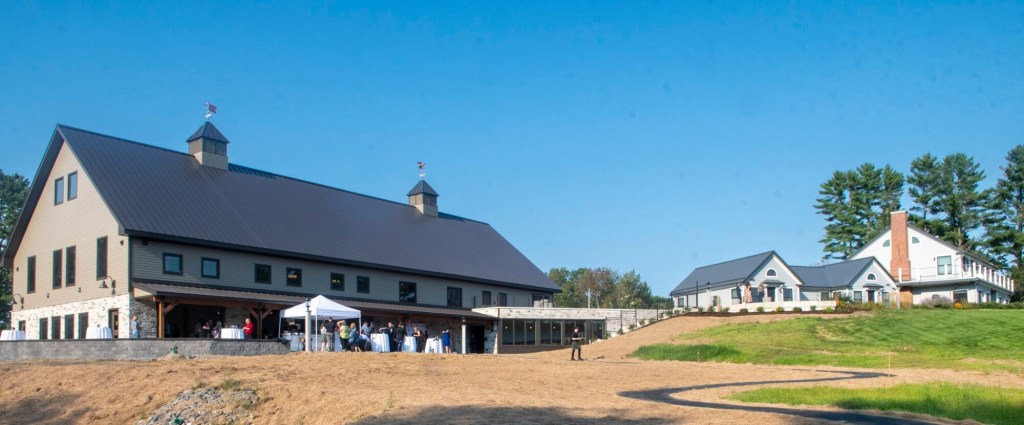
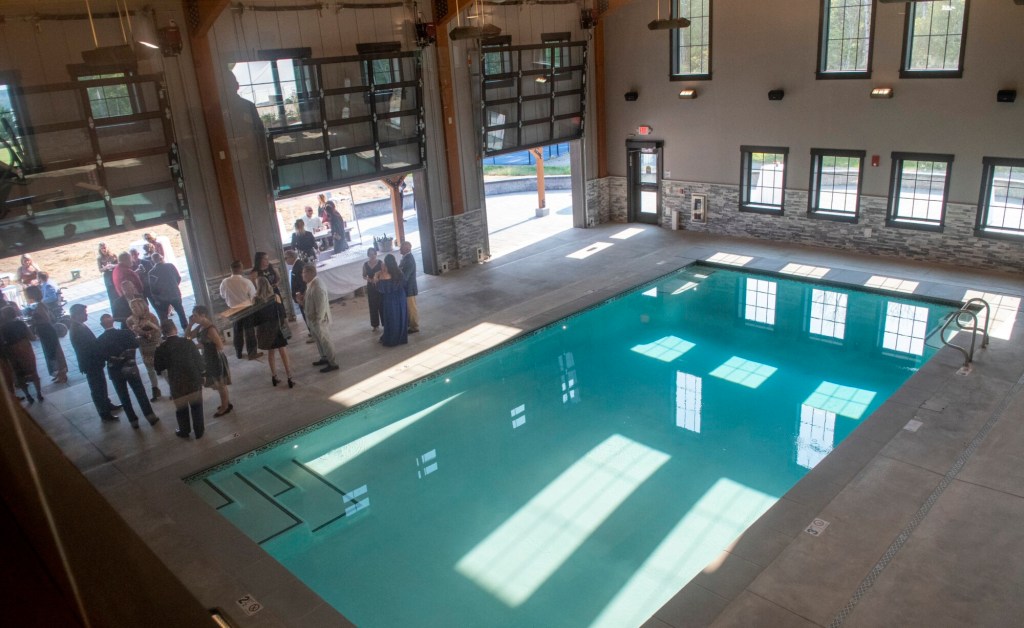
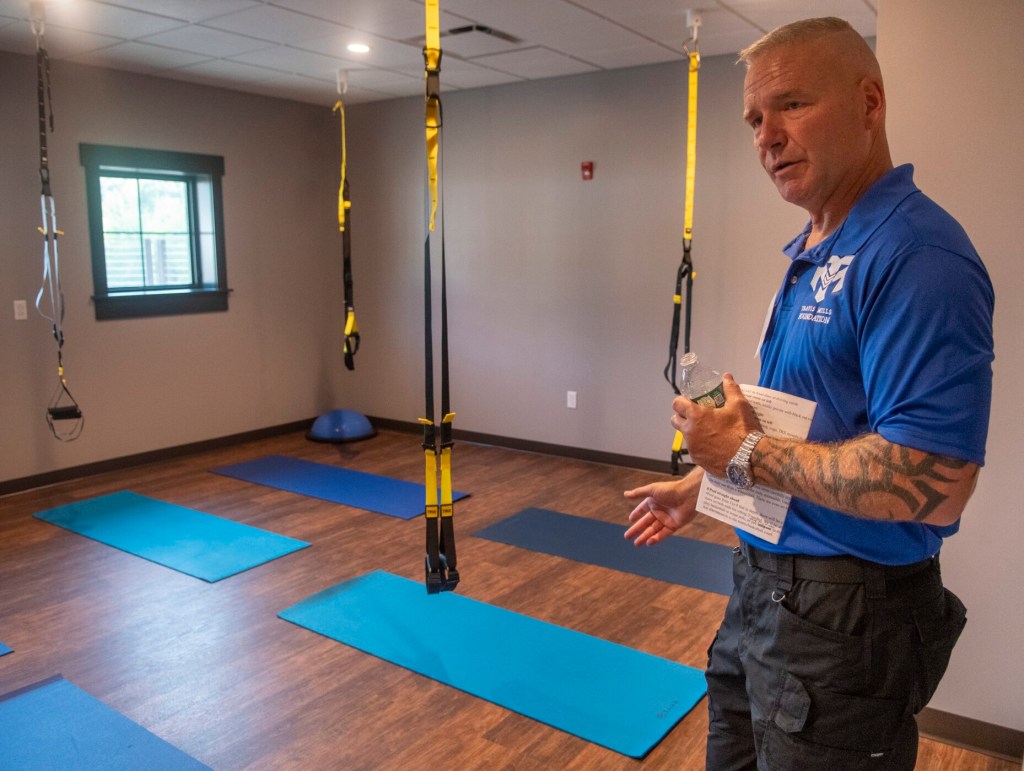
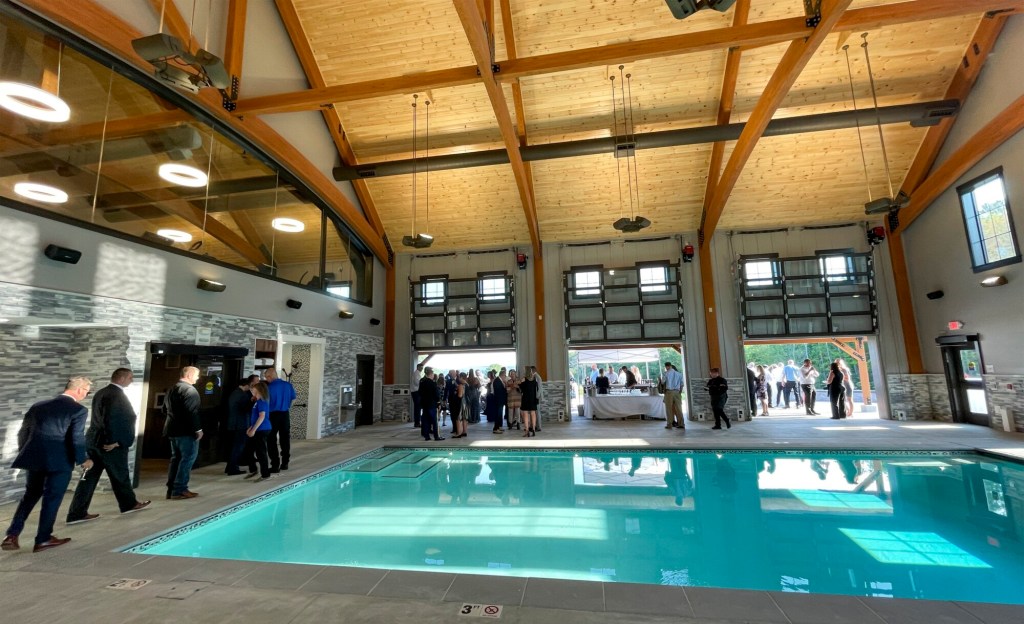

Comments are no longer available on this story